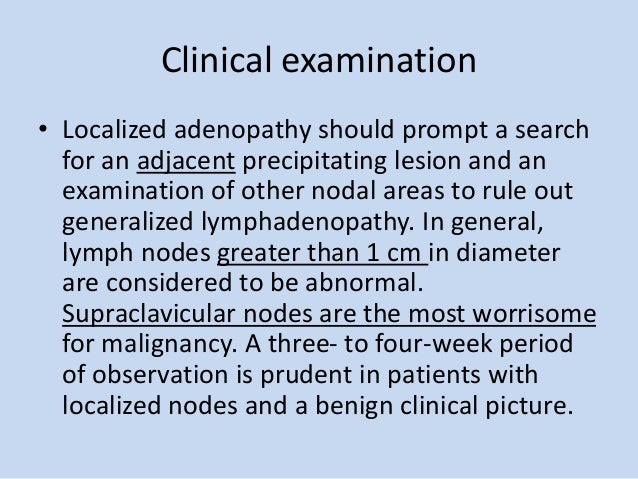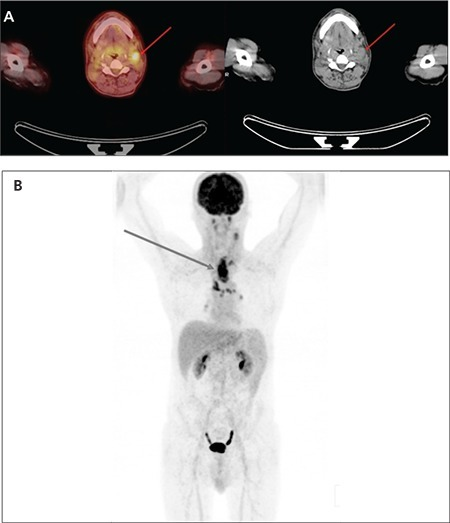

Abdominal examination showed no hepatosplenomegaly. A II-III/VI harsh systolic murmur was heard along both the right and left sternal borders. In addition, the patient had a petechial rash involving both popliteal fossae, the right arm, the dorsum of the right hand and both ankles but sparing the soles of her feet. Shotty left cervical lymph nodes were also present. She also had a 1 cm right posterior auricular lymph node and a 1.5 cm right cervical lymph node, both of which were nonerythematous, mobile and nontender. Her physical examination was significant for two 3 mm dark brown eschars on the superior parietal area of her scalp and an adjacent 4 mm erythematous macule at the site of a previous eschar ( Fig. Despite being tachycardic and hypotensive, she was well appearing and had an appropriate mental status. She had a fever of 39.6☌, respiratory rate of 20 breaths/minute, heart rate of 114 beats/minute and blood pressures as low as 75/33 mmHg. She denied ingestion of uncooked foods and unpasteurized dairy products, and she had not noticed any insect bites.

In the emergency department, further history revealed that the patient was previously healthy and had no ill contacts, including no known exposure to tuberculosis. She was referred to the Children’s Hospital & Research Center Oakland emergency department. She returned to the urgent care clinic where blood tests revealed a white blood cell count of 2.3 × 10 3/mm 3 (with differential of 65% polymorphonuclear cells, 18% lymphocytes, 14% monocytes and 3% eosinophils), hemoglobin of 13 gm/dL and a platelet count of 168 × 10 3/mm 3. Six days later, she began having higher fevers associated with chills, frontal headache and nonbilious, nonbloody emesis.

Although the fevers transiently improved, the patient complained of fatigue and continued to have lymph node swelling and pain on her scalp. She returned to the same urgent care clinic, and trimethoprim/sulfamethoxazole was added to her treatment regimen. Two days later (17 days after arrival in the United States), she began experiencing fevers up to 38.4☌ despite antibiotic therapy. The patient was evaluated at an urgent care clinic the following day and was treated with cephalexin for presumed lymphadenitis. One of these fell off while the patient was combing her hair and looked like a “black scab”. The next day, she complained of pain over the top of her head, where her mother noticed 3 “black spots”. She then returned to her uncle and aunt’s home, and 4 days later (13 days after her arrival in the United States), she noticed a “bump” behind her right ear and painful swollen glands along the right side of her neck. Six days after her arrival in the United States, the patient traveled by car to Lake Tahoe where she spent approximately 2 days at a campground during the daytime and swam in the lake, but slept the nights in a hotel.

They were staying at the home of an uncle and aunt in Clayton, California where there were also 2 dogs, 2 cats, several chickens, 2 goats and many deer roaming near the property. She lived in Portugal but had arrived in California in July with her sister and mother to visit relatives. A previously healthy 11-year-old female presented to the emergency department with fever for 7 days, rash, enlarged lymph nodes and a painful scab on the top of her head.


 0 kommentar(er)
0 kommentar(er)
